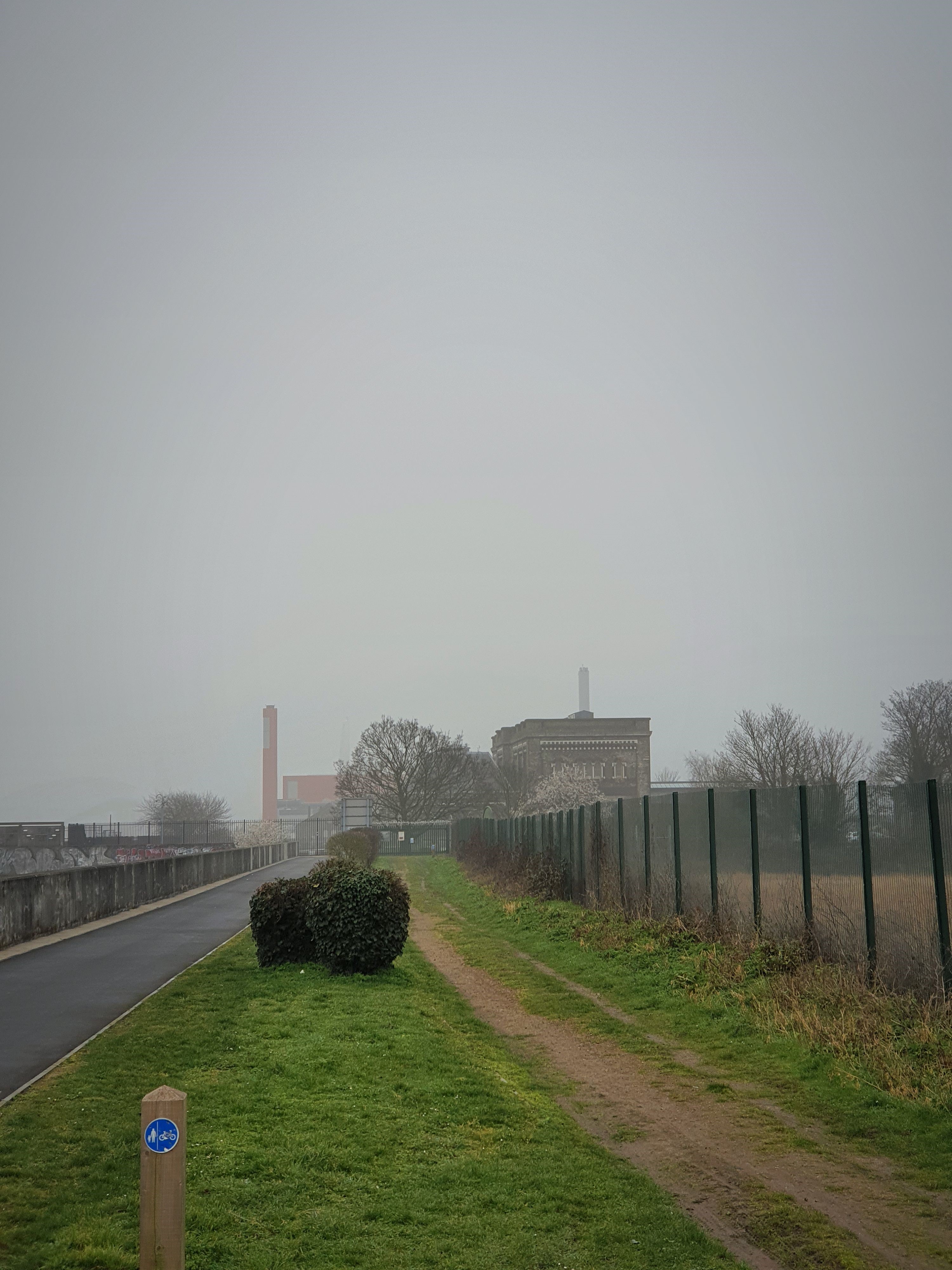
“I live by the river” sang the notorious British punk band, The Clash, in their epic 1980 smash hit, London Calling.
And what a brilliant river it is they sing about. The Thames threads its way, not just through London’s history, but also the country’s. So walk along with me. I live by the river, too.
But we can only see a small part. You all probably know that the Thames runs through London’s centre, but you may not know it’s 205 miles long. Maybe we’ll see the Thames as a world trade artery, a sewage system for the whole city and even a defence for the capital. These are all features of the historic river, dotted right the way along it, preserved for the locals and tourists alike.

This huge anchor point is one of many left to remind us that boats once pulled alongside as sailors tied ropes in unfathomable knots around the point, wrapped tightly enough to stop the vessels drifting away. Crew would offload cargo, or perhaps you should imagine bad people disembarking into the fog to pursue evil deeds.
This is from London before the mega container ports now strung along the coast. The Thames fed the city, delivered goods for trade that made the city rich and even shipped out its own manufactures.
But transport still features on the river and many boats still moor themselves to the banks here and there.
The Thames is still a working river, with people wondering what a boat is carrying, or why it is travelling as they pass us by.

This lighthouse still works to help aid the working boats that travel up and down what can be a treacherous shoreline in unfavourable conditions.
This point was the scene of the worst shipping disaster on the river when the Princess Alice paddle steamer collided with a coal vessel in 1878, costing 650 people their lives.
Erected in 1902 with its simplistic but clunky elegance to prevent any more disasters, it makes one of eight still guarding the river.

See here Crossness pumping station – unspectacular perhaps outside but look closer and it’s a modernist marvel. It was built following 1858’s “Great Stink”, where seeping sewage caused Cholera killing 14,000. From opening in 1865 to its shutdown in 1970, it has saved thousands of lives and joins Bazalgette’s London sewers as a marvel of Victorian forward thinking.
Inside it looks spectactular – like a theatre (lookup the pictures). Nonetheless inside the guess is it smelled of shit. Still better that than Londoners living in it.

Cannon are also preserved along the Thames. They remind us the river was a route in to be defended from invasion barges and foreign armardas.
Imagine the sound, smell and the roar as these cannon were first tested in Thamesmead, not then a town but a militarised marshland next to the arms factories.

‘New-town’ Thamesmead – no, not like Milton Keynes. Sixties built Thamesmead is very close to London’s centre, though it avoids the hustle and bustle.
No skyscrapers fill the sky, no cliched tourist traps. But slyly connected Thamesmead – as this sign shows – hugs at the commercialism and alienation that sometimes strangles the bigger city.

This “found” disposable coffee cup was sitting in history alongside nature’s permanent flow. Other take-away drinks available.
Why don’t people bring home-made hot drinks in flasks or travel mugs? Maybe Thamesmead isn’t so different from London’s hustle. No time here, too, it seems.
This newish and recent icon to branded commerce nicely sets the question – is the river still the beating heart of London’s trade and cultural appropriation of the world?

Walkways like this flow along the Thames’ sides, into and through London’s centre, and from there to who knows where and what in the London fog?
These pathways are Thames’ narrative companions, unlocking new discoveries and rediscovering the once forgotten.
Take your path along it and renew yourself along the unceasing yet calming flow.






